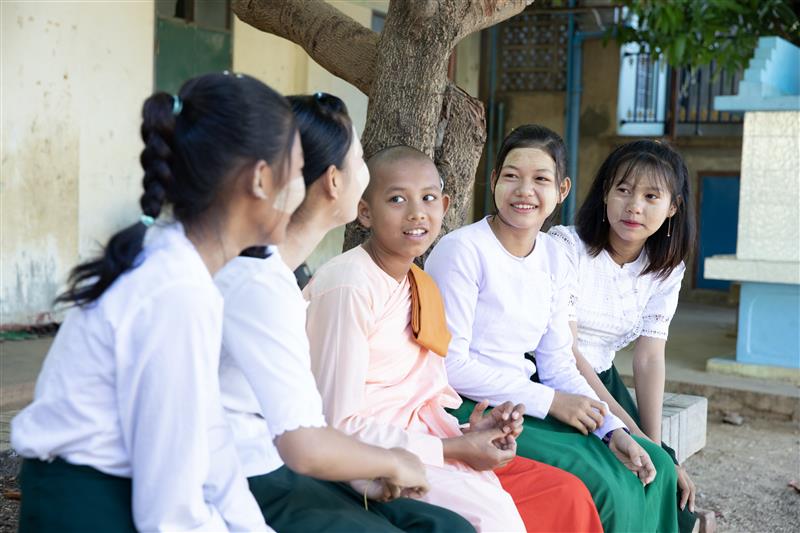Integrating molecular and serological detection of malaria into national surveillance systems
Current tools widely available to diagnose malaria in the field miss the majority of cases due to a huge proportion of low-density, subclinical Plasmodium spp. infections in many malaria endemic regions.
This includes the Greater Mekong Subregion, which aims to eliminate malaria by 2030. Given the documented role of these subclinical infections in onward transmission of Plasmodium spp., accurate surveillance of these subclinical infections will be required to achieve the malaria elimination goals of the region.
Objective
In the Greater Mekong Subregion community malaria volunteers are the cornerstone of malaria control and elimination programs, they provide RDTs and treatment as well as report malaria cases in their villages to fulfill national surveillance.
Because of the high coverage of volunteers, particularly in hard-to-reach and remote locations, community malaria volunteers could perform an important sample collection role to expand the use of more sensitive molecular and serological surveillance in pre-elimination regions. Molecular and serological surveillance can determine residual malaria transmission not detected by routine diagnostics.
The aim of this study is to determine the utility and feasibility of molecular and serological surveillance using archival Rapid Diagnostic Tests collected by community malaria volunteers to strengthen surveillance of malaria transmission in pre-elimination settings.
Timeline
2022–2023.
Approach
Improved molecular and serological surveillance of malaria will be determined utilising archival Rapid Diagnostic Tests collected in rural villages of the Greater Mekong Subregion where residual malaria transmission occurs and populations at greatest risk of malaria are difficult to reach outside the community malaria worker network.
High throughput molecular and serological assays will be used to determine the feasibility and sensitivity of this approach to detect residual malaria transmission in pre-elimination settings currently missed by conventional surveillance approaches.
Community impact
This project takes a novel approach by leveraging off the existing large network of malaria volunteers to perform sample collection, facilitating the integration of molecular and serological surveillance into routine malaria services and national surveillance systems.
This pragmatic approach negates additional resources deployed at the volunteer level for sample collection. If the findings suggest it is practical and feasible, integrating molecular surveillance into national malaria surveillance could accelerate malaria elimination targets.
Partners
Funding Partners
- National Health and Medical Research Council
Collaborators
- Department of Public Health, Myanmar Ministry of Health
- Center of Malariology Parasitology and Entomology, Lao PDR
- National Center for Parasitology Entomology and Malaria Control, Cambodia
- National Institute of Malariology, Parasitology and Entomology, Viet Nam
- Deakin University, Australia
Project contacts

Professor Freya J.I. Fowkes
Deputy Program Director, Women’s, Children’s and Adolescents’ Health; Head, Malaria and Infectious Disease Epidemiology
Project team

Professor Alyssa Barry
Honorary Principal Research Fellow

Professor Freya J.I. Fowkes
Deputy Program Director, Women’s, Children’s and Adolescents’ Health; Head, Malaria and Infectious Disease Epidemiology

Dr Daniela da Silva Goncalves
Laboratory Manager

Dr Win Han Oo
Honorary Senior Research Fellow




